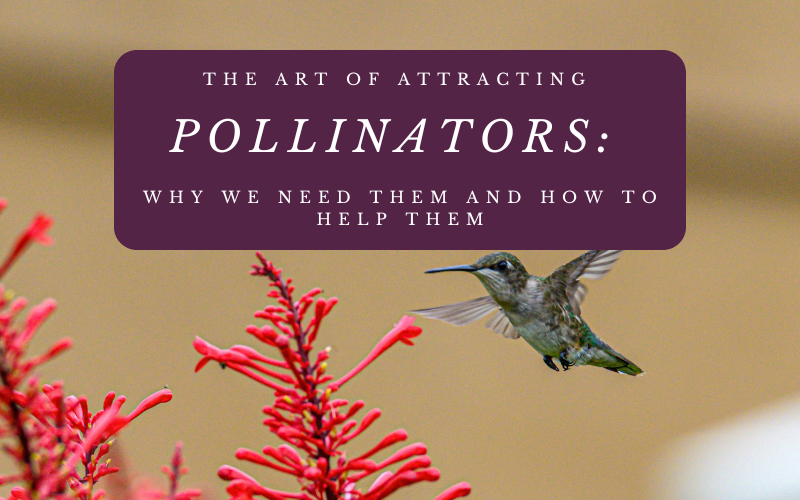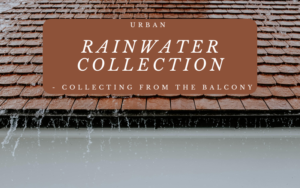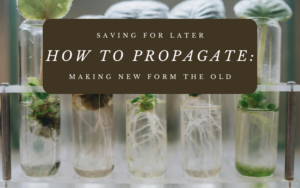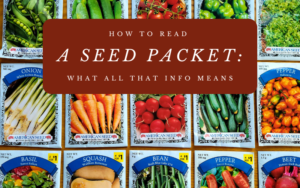Pollinators are crucial when we begin talking about the longevity of our gardens. Pollinators such as bees, butterflies, birds, and even ones that we don’t always particularly like such as flies and wasps are very important for ecosystem growth and food production. But pollinators are any animal that moves pollen from plant to plant.
The movement of pollen from one part of a flower to another fertilizes the plant, aiding in making seeds, fruits, and even new plants. Some plants are self-pollinators, others use natural elements such as wind and water to move their pollen, and some use external factors such as our pollinators for help.
Let’s quickly dive into what pollen is and why it is so important. Essentially pollen is the basic necessity for plant reproduction. It originates on the stamen or the mal flowering structures and need to move to the female structures or pistil. When plants breed with other plants of the same variety it allows for more plant diversity, which is critical for the overall survival of a species.
Why We Need Pollinators?
- Pollinators are responsible for anything between 30-90% of our food production – remember they are responsible with providing the plants that produce the food you eat with the ability to even produce those foods.
- Pollinators provide services that humans can’t replicate by hand no matter how hard we try, even with machines. It is possible to hand pollinate but it’s not going to work for a 100 acres of a plant.
- They create healthy ecologies – offering their services to plants in all different types of biomes that without them would go into extinction.
Examples
Now let’s get into what kinds of plants that you can put in your garden to attract pollinators and aid in their survival and support biodiversity. (see pictures below)
- Lavender
- Coneflower
- Marigolds
- Bee Balm
- Sunflowers
- Zinnias
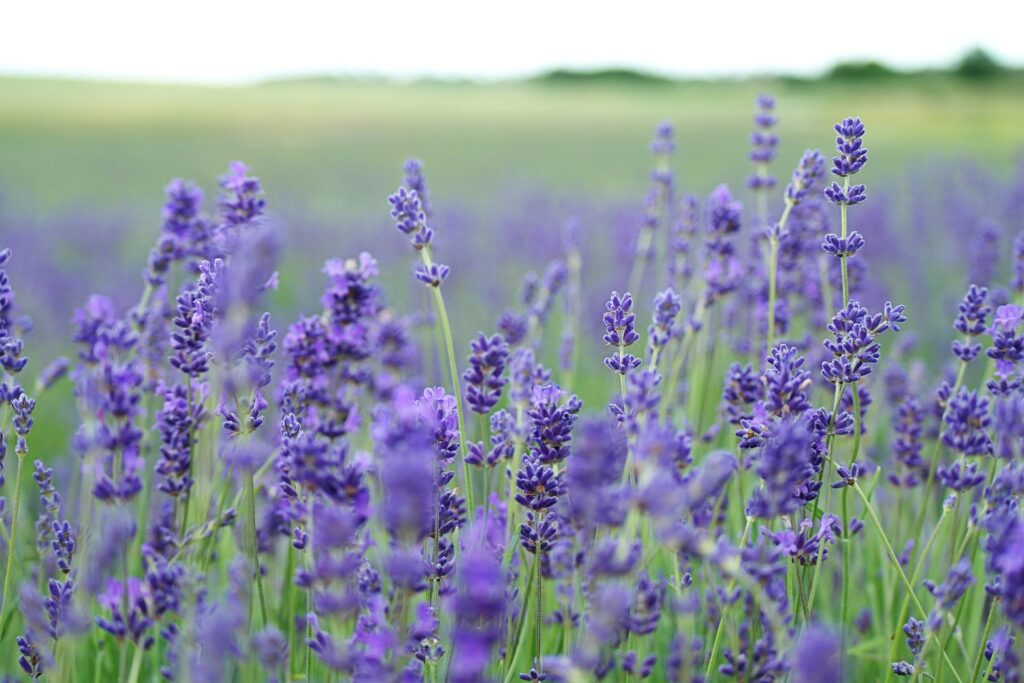
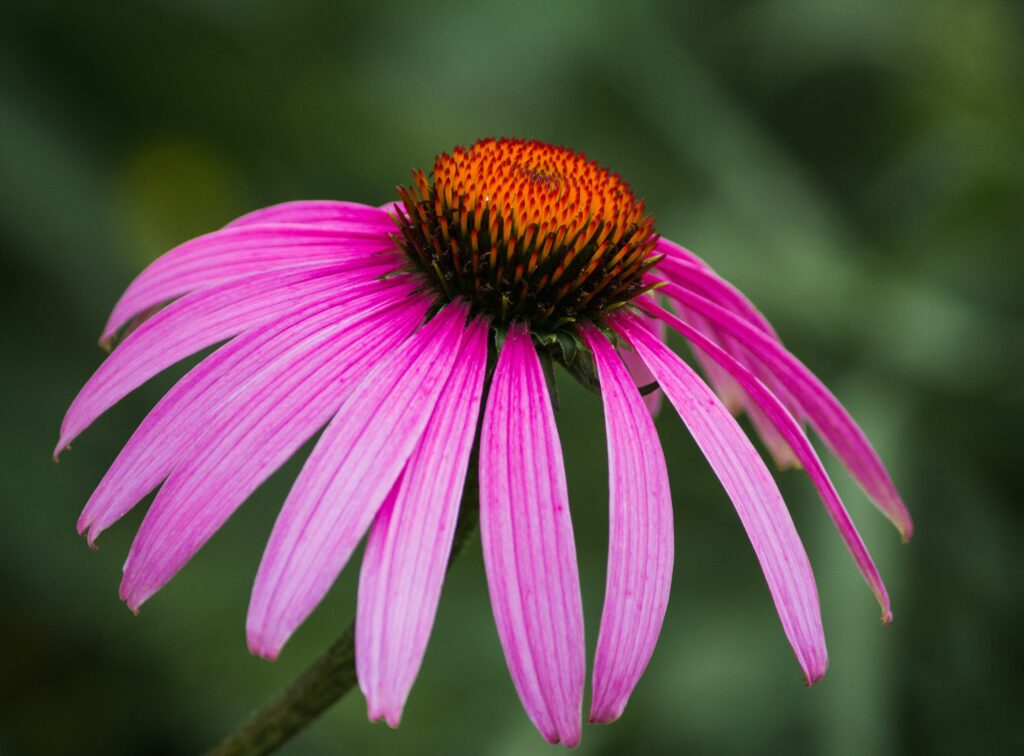
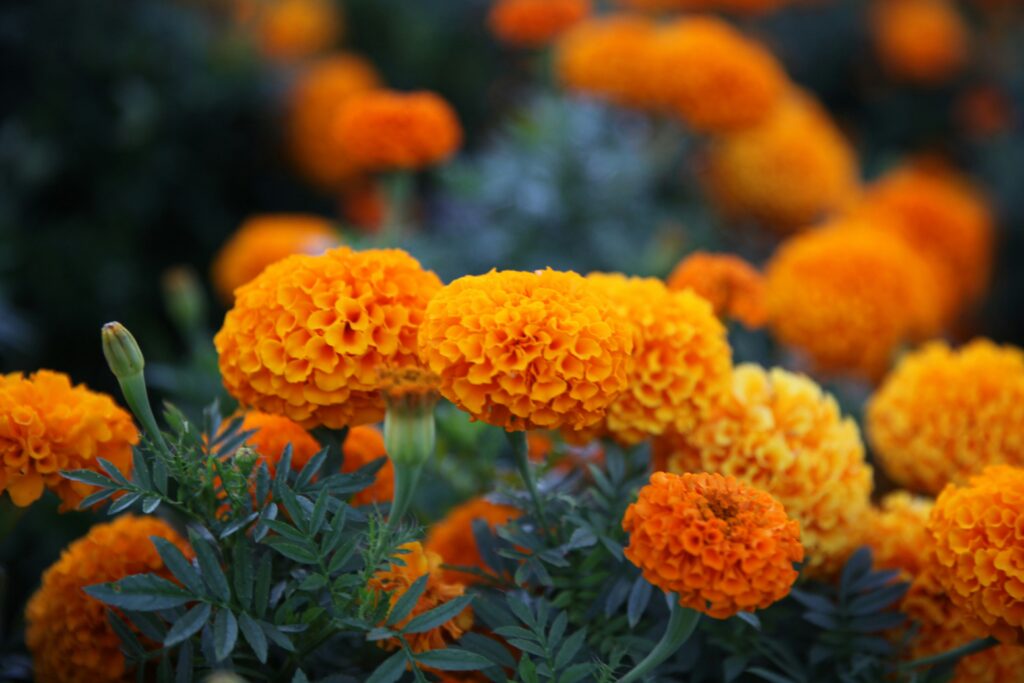
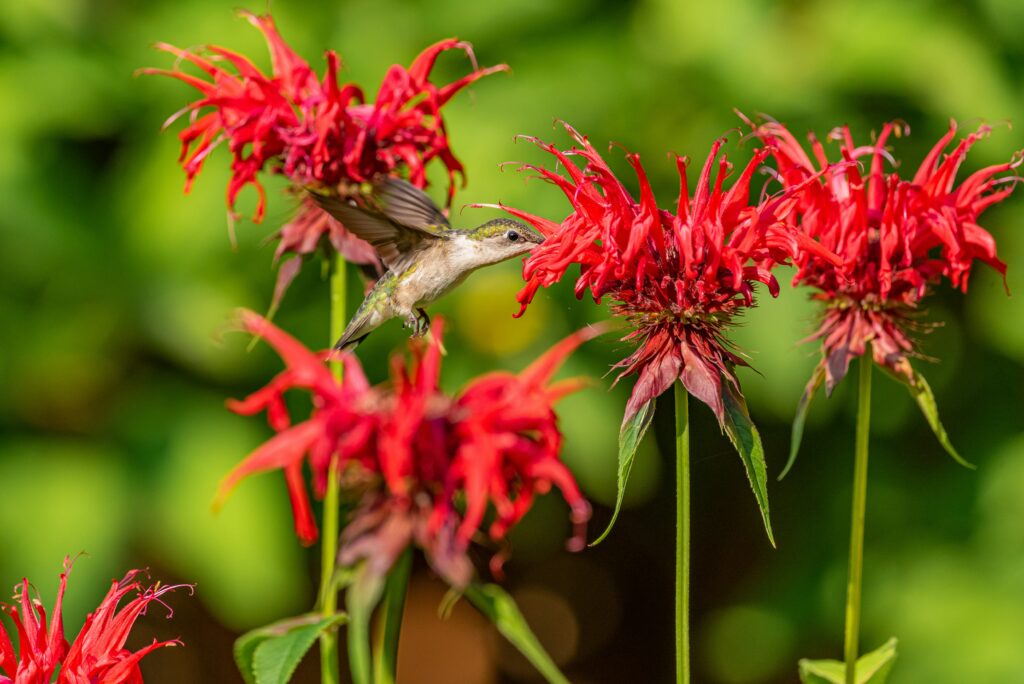
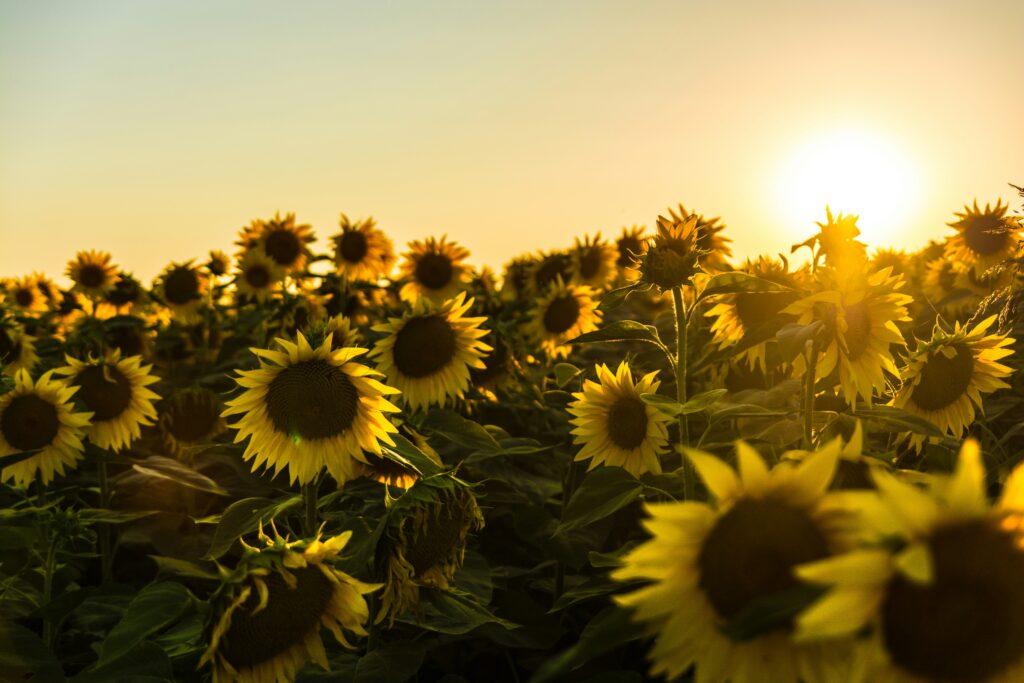
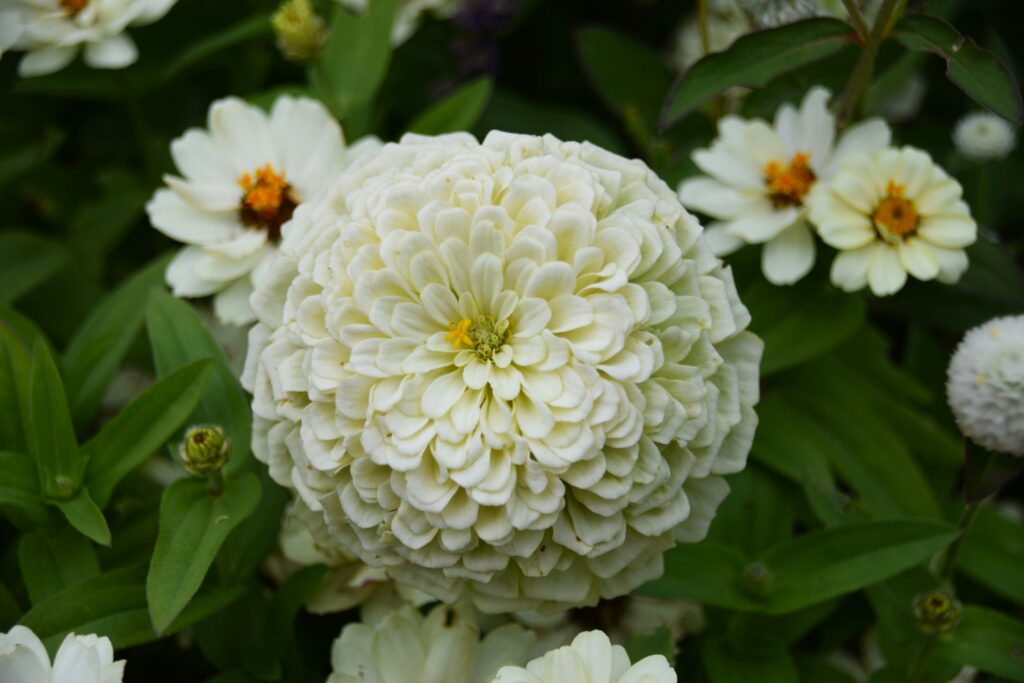
Tips for a Pollinator-Friendly Garden
- Plant native species
- Native species are plants that originate in your area and are prone to doing the best in your climate. This means that pollinators are used to these plants, and they won’t cause any harm to those animals or the ecosystem around you. New plants introduced into your environment can cause unintended consequences as they grow, harming other plants around them and could cause irreversible damage.
- Include a water source
- Just like all other animals, pollinators need water to quinch thirst and giving them an option close to their food supply will help with not traveling far off distances and so that they can continue to work and provide for your garden.
- Avoid pesticides
- As much as they may be a nuisance to us, insects are needed alongside their pollinator counterparts. If we spray our plants with pesticides, they might contain harsh chemicals that can harm and even kill pollinators that are just trying to do their job. This can lead to disasters in your garden’s ecosystems and overall production of your garden.
For now, though, I hope you have a newfound appreciation for these little creatures you see outside trying to make the world a better place and help with producing the food you eat! If you want to create a place for them to thrive, make sure to start small and begin building a miniature pollinator paradise!
Until next time, as always, Plant with a Purpose! – BTTR

